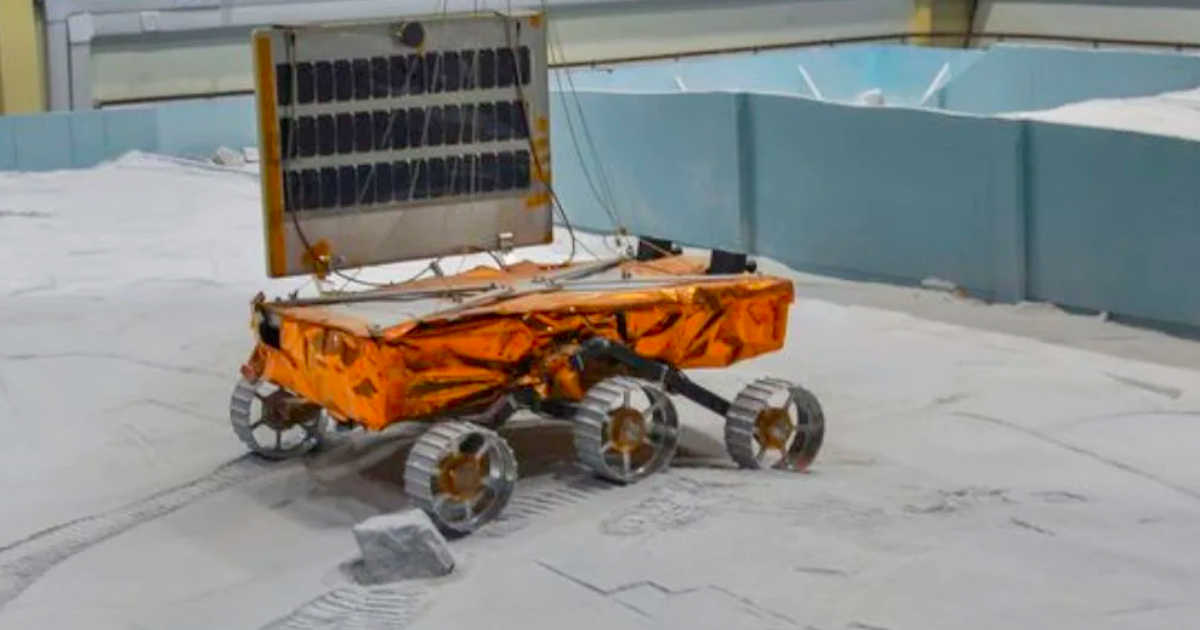With the successful landing of Chandrayaan-3 on the moon’s south pole, India’s space exploration has reached a new pinnacle. Just four hours post-landing, the rover Pragyan rover embarked on its mission to survey the lunar surface. The Indian Space Agency, ISRO, unveiled video footage of this remarkable achievement, showcasing Pragyan’s descent onto the moon.
Pragyan Rover’s Cutting-Edge Tools
Pragyan’s arsenal includes a stereoscopic camera, a navigation camera, and two scientific instruments that independently analyze the elemental composition of lunar dust and rock.
- Laser-Induced Plasma Spectroscopy: Similar to the laser of the Mars rover Perseverance, this instrument heats a small amount of rock with a laser beam until it becomes plasma. The emitted light is then examined to determine the material’s composition. Though highly precise, this method can only examine specific points on the lunar surface, and the results can vary significantly within a few hundred micrometers.
- Alpha Particle X-Ray Spectrometer (APXS): A replica of the instrument installed in the comet lander Philae of the Rosetta mission, this spectrometer consists of a curium-244 source and an X-ray spectrometer. It irradiates an area of about 12 centimetres, and the released radiation is measured to determine the average composition of the examined area. Similar instruments have been used in all Mars rovers since 1996.
Challenges and Opportunities
The Chandrayaan-3 mission’s Vikram lander and Pragyan rover face the challenge of a short operational window, as they were not designed to survive the two-week lunar night. This leaves only a few days for scientific investigations, making the mission’s timing crucial.
However, the rover’s instruments will provide vital data to complement investigations from orbit, enhancing our understanding of the lunar surface. The lander, named after the renowned Indian scientist Vikram Sarabhai, also houses a seismometer, thermometer, and a Langmuir probe for measuring plasma density.
While the mission’s duration may be brief, the impact of Chandrayaan-3 and the Pragyan rover will resonate for years to come. The data collected will not only enhance our knowledge of the moon but also inspire future generations of scientists and explorers.






Leave a Comment